Members save 10% or more on over 100,000 hotels worldwide when you’re signed in
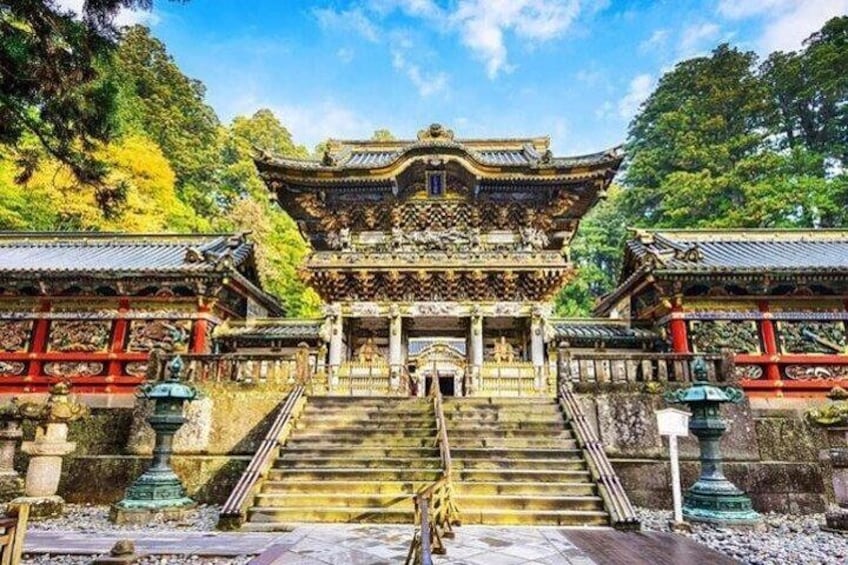
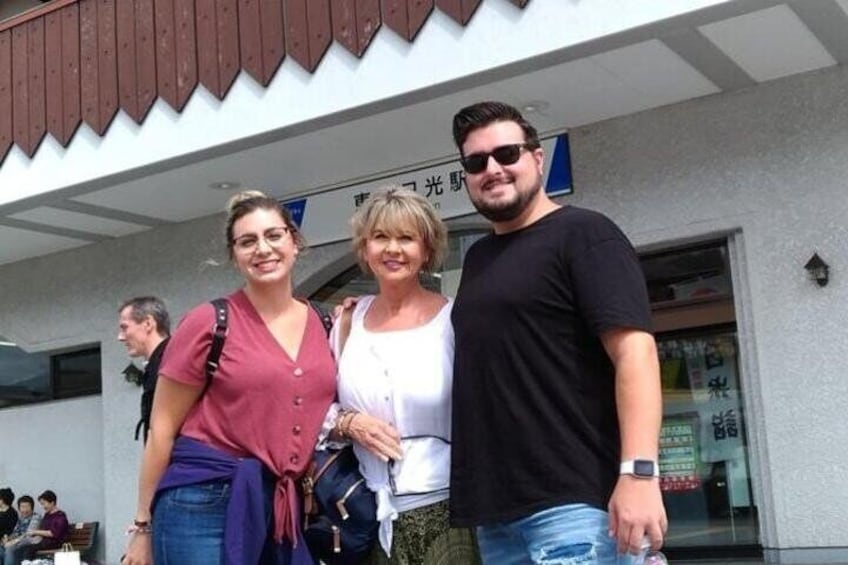
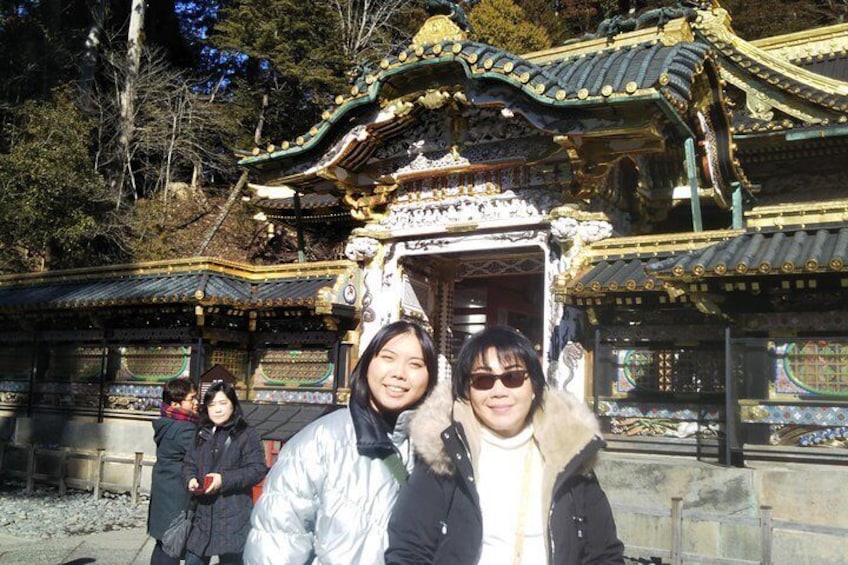
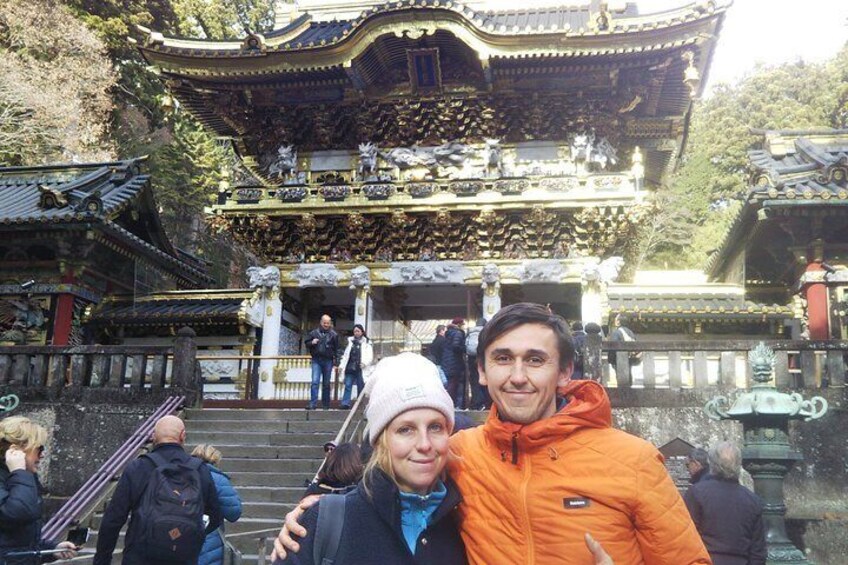
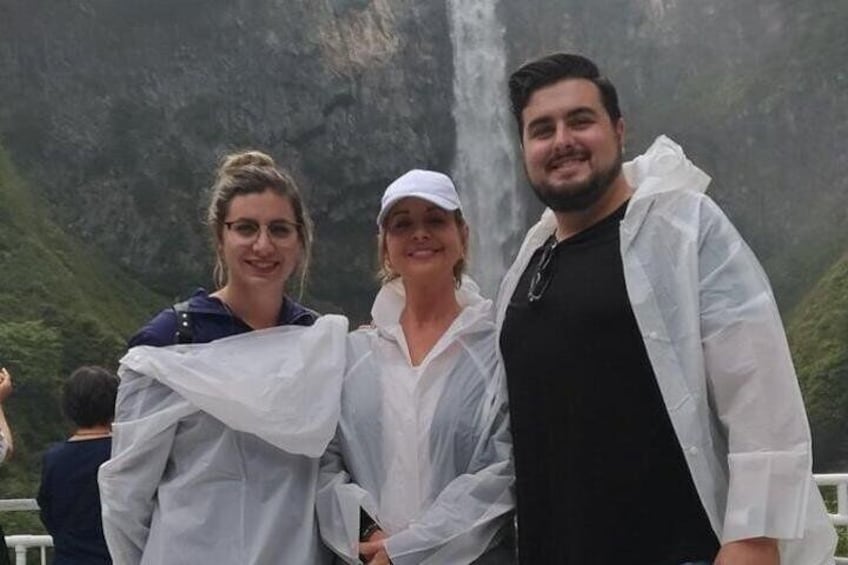
Nikko Full-Day Private Tour with Government-Licensed Guide
Features
- Free cancellation available
- 6h
- Mobile voucher
- Instant confirmation
- Selective hotel pickup
- Multiple languages
Overview
This value-packed trip with a government-licensed and experienced multilingual tour guide is a fantastic and efficient way to explore Nikko!
There are many reasons why Nikko is a must-see stop during your stay in Japan. Your private guide will help you efficiently enjoy a full-day tour of this historic, beautiful town.
Your guide will start your day with a morning pickup at Nikko Station (Tobu or JR). Nikko is one of Japan’s most stunning nature reserves, situated on the incredibly scenic―and hard to reach on your own―Romantic Road.
Let us know what special requests you have for the day and we will customise your itinerary in advance!
Note1: Please select your must-see spots from a list in the tour information to create your customised itinerary.
Note2: The National Government Licensed Guide Interpreter certification is issued by the Japanese government requires a good knowledge and understanding of Japanese culture and history.
Activity location
- Nikko Tosho-gu
- 2301 Sannai,
- 321-1431, Nikko, Tochigi Prefecture, Japan
Meeting/Redemption Point
- Nikko Tosho-gu
- 2301 Sannai,
- 321-1431, Nikko, Tochigi Prefecture, Japan
Check availability
Nikko Full-Day Private Tour with Government-Licensed Guide
- 6h
- English
Pickup included
What's included, what's not
- Meet up with guide on foot within designated area of Nikko
- Licensed Local English Speaking Guide
- Customisable Tour of your choice of 3-4 sites from 'What to expect' list
- Transport fees, Entrance fees, Lunch, and Other personal expenses
- Private transport
- You cannot combine multiple tour groups.
- Guide Entry fees are only covered for sights listed under What to Expect.
Know before you book
- Service animals allowed
- Public transport options are available nearby
- Infants and small children can ride in a pram or stroller
- All areas and surfaces are wheelchair accessible
- Transport options are wheelchair accessible
- Wheelchair accessible
- Suitable for all physical fitness levels
- This is a walking tour. Pick up is on foot.
Activity itinerary
Nikko Tosho-gu
- 15m
- Admission ticket not included
Nikko National Park
- 15m
Kegon Falls
- 15m
- Admission ticket not included
Lake Chuzenji
- 15m
Irohazaka Route
- 15m
Senjogahara Field
- 15m
Rin’nōji Taiyū-in (Mausoleum of Iemitsu)
- 30m
- Admission ticket not included
Rinno-ji Temple
- 30m
- Admission ticket not included
Nikko Tamozawa Imperial Villa Memorial Park
- 30m
- Admission ticket not included
Kanmangafuchi Abyss
- 30m
- Admission ticket not included
Nikko Futarasan Shrine
- 30m
- Admission ticket not included
Nikko Botanical Garden
- 30m
- Admission ticket not included
Shinkyo Bridge
- 30m
Kirifuri Waterfall
- 15m
- Admission ticket not included
Kanaya Hotel History House
- 15m
- Admission ticket not included
Akechidaira Observation Area
- 15m
Location
Activity location
- Nikko Tosho-gu
- 2301 Sannai,
- 321-1431, Nikko, Tochigi Prefecture, Japan
Meeting/Redemption Point
- Nikko Tosho-gu
- 2301 Sannai,
- 321-1431, Nikko, Tochigi Prefecture, Japan